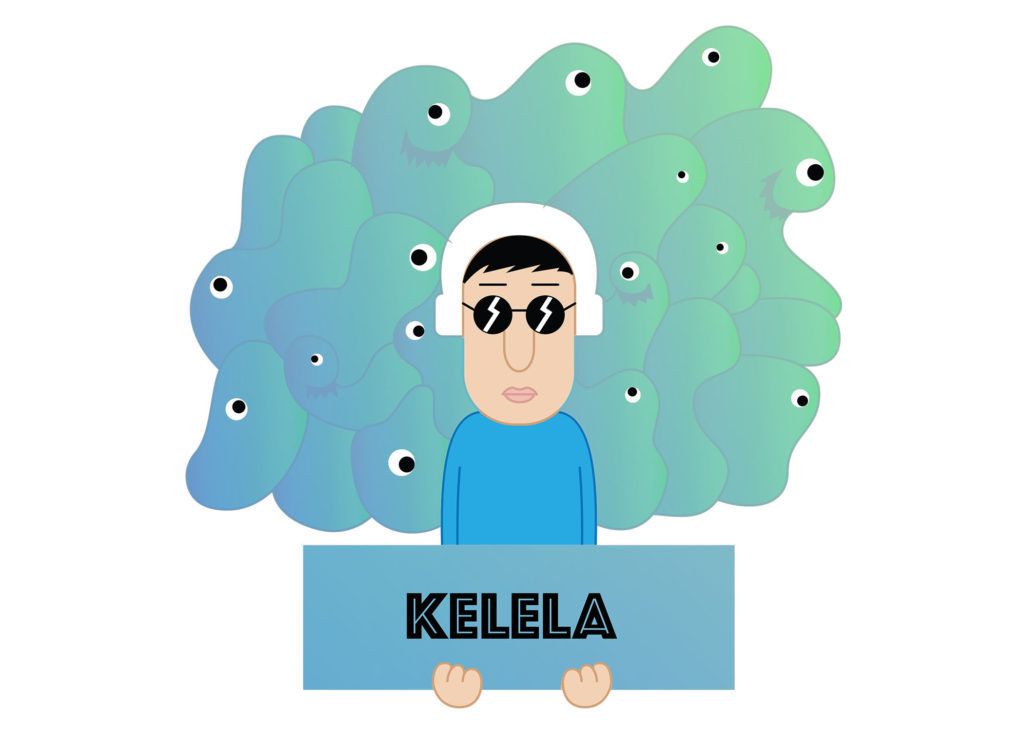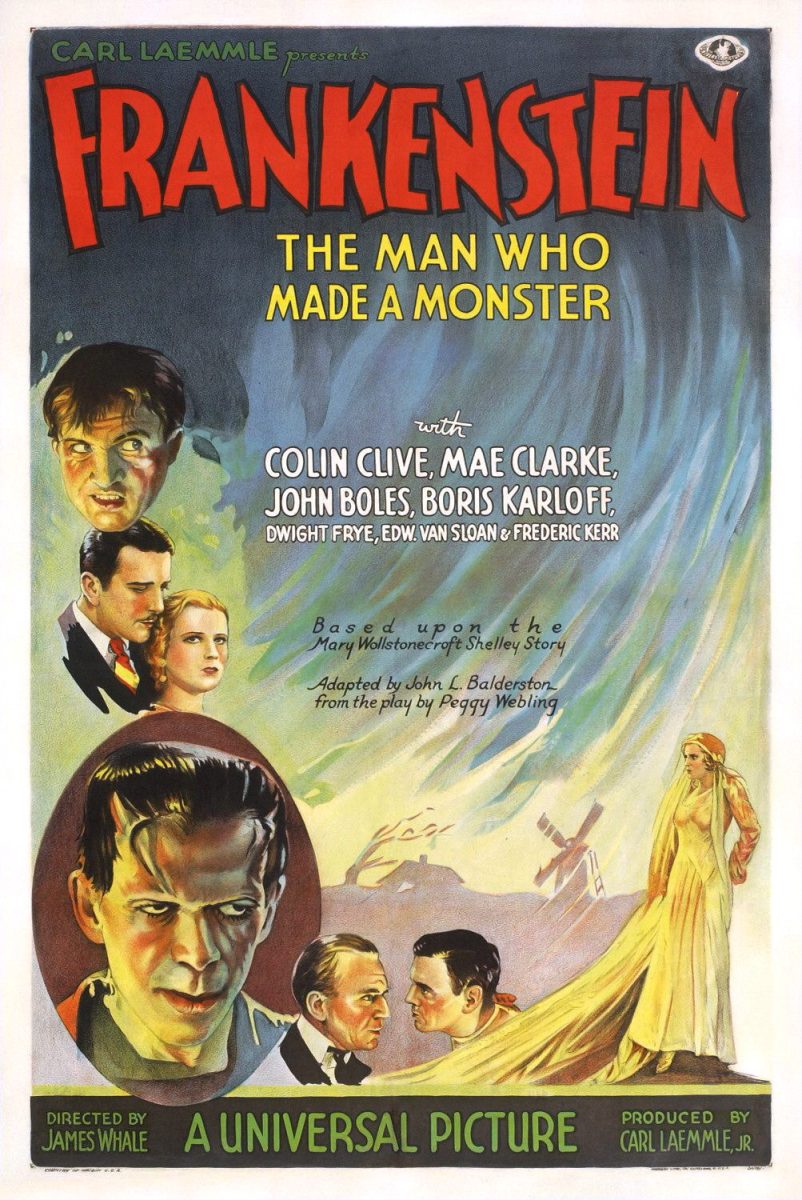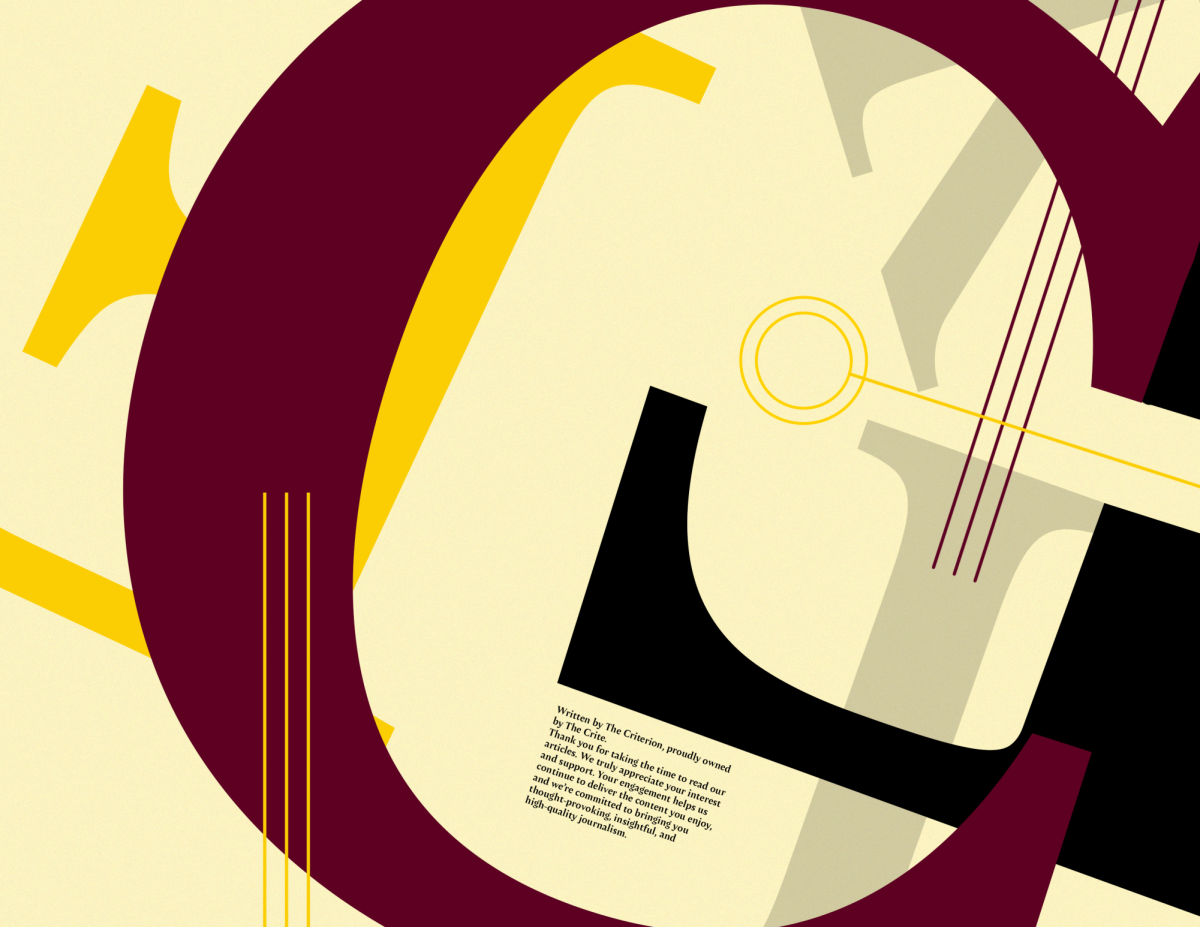Hiking is standard for anyone that has spent any time outdoors; however, those that are well-versed in the outdoors have more than likely spent some time backpacking. Backpacking is essentially hiking on steroids. Everything that hiking entails is involved in backpacking; it’s just a more extreme version of it.
Backpacking is a fantastic way for anyone interested in a little more outdoor activity to explore the world that we live in. The only difference from hiking is that it also includes camping. This means that you hike in and sleep at night and then continue hiking the next day. For this sole reason, backpacking is a more intense activity than the everyday hiking that most have done.
At first, it might not sound like a very big difference and one that shouldn’t change anything too drastically, but on a second glance, the additional aspect to backpacking requires a significant change in planning and prepping.
The first and most notable difference that requires more attention than the average hiker would need is the fact that you are camping as well, not just walking in the woods. This means that everything one might need to survive for three days to a month has to be packed in and packed out. Sleeping bags, sleeping pads, rain gear, clothes, food and many more items are required to properly backpack and to not die out in the wilderness.
Depending on how much you bring, the backpack that you have to trek in can be upwards of 40 pounds; however, that is a pretty substantial amount of equipment required to make it that heavy. The amount of planning that goes into the packing of a backpack and the extra weight is what makes backpacking more difficult than hiking, but when it is done correctly, it is far more fun.
When you are backpacking through the wilderness, there is no concern for getting back to the car in a couple of hours. The only concern is reaching whatever checkpoints and destinations by the time set by yourself or your party. Go ten miles a day or trek until you find a good camping spot. As long as you have enough food and water, there is no need to fret. The pace is set by the party and only needs to be as hard as you make it.
There is also something wholesome about picking up your home and moving to a new spot every day, something about getting a sense of our nomadic roots that is evident in backpacking is much more rewarding than any hike could ever be.
When your thoughts are brought down to their primal necessities and all the stresses and concerns of real life fade away, it is a truly special feeling that is hard to find. Out in the wilderness, you don’t worry about which Kardashian is pregnant this time or what you are going to eat for dinner. Thoughts instead turn towards finding a good place to sleep, making it five miles or over that ridge and what you are going to do at the next campsite. This regression to the bare necessities would make Baloo proud and offers a deeper connection to yourself that is hard to accomplish within the realm of a busy town or city.
There are also different ways to backpack and the primary variation can be nestled into two categories: destination centric and exploration centric. The former holds a more traditional sense of backpacking while the latter has a freer aspect but requires a unique location to participate in.
A destination centric backpacking adventure is more closely related to hiking in the sense that there is a higher focus on getting to a place and sleeping along the way. This type of backpacking typically has more mileage in a day and relies on the scenery to appease the trekkers.
There can be a day where the goal is to reach the peak of a mountain, but the focus isn’t to adventure the area, but to make it to a destination and camp along the way. This variation leads to more area covered and a purer hiking-camping hybrid.
Exploration backpacking trades in the mileage for adventure. Exploration based will hike closer to five miles before setting up camp for the day, but the camp can last more than that night.
This type of backpacking favors the exploration of the immediate area around the camp, therefore requiring a trail with several peaks and attractions surrounding it and typically has a relatively simple hike back to a road that leads to civilization.
More time is spent scaling peaks and returning to the base camps for the night than the more destination focused trips. Both types of backpacking are excellent ways to get out into nature, but they differ just enough to cater to separate desires and preferences.
The destination-based is subjectively easier since there is more structure to the trip and I would recommend traversing with this style in mind before the other, as it gives a good reference point for beginners to experience backpacking.
Along with the types of focus within backpacking, there are also variations in the time spent backpacking. From a simple overnight trip to a whole month long one, there are different lengths that backpacking offers one to escape into nature.
With each additional day, the packing list changes, effectively making the length a bigger factor than time alone. The longer that you are out backpacking, the less luxury items that you can pack. An overnight trek allows for a lot of flexibility: extra clothes, games, swim gear and many more.
However, once you start to get close to a five day and up trip, there is less room for comfort. Food and water take precedence over clean clothes, so a single outfit will have to work for several days and maybe the Bluetooth speaker is a tad excessive to bring.
The essentials start to become the only thing that you pack if the trip begins to reach a week in length. Also, when planning a trip for more than a week, checkpoints are a welcome site.
There is no way to pack enough food for a month on your back, so in-between towns and provisions are required, thereby affecting the trail that one takes when attempting this version of backpacking. Length is a huge factor towards a person’s willingness to forego amenities for survival, making it a very important to keep in mind when planning a trip.
The last variation to backpacking is in the backpack itself. From heavy to lightweight backpacking, there is leeway in the type of backpack that you bring, which in turn affects the pace of the hiking.
A lightweight trip has very light equipment and very little equipment, requiring a lot of miles to be hiked, as there just aren’t enough supplies to dilly dally. The packs are lighter, which a relief for the back, but the pace is amped up heavily to accommodate for the loss of supplies. On the other side of the spectrum, a bigger pack will hold more, allowing for slower paces and more time spent in the wilderness.
[media-credit id=90 align=”alignleft” width=”300″] [/media-credit]
[/media-credit]
However, with the extra supplies comes more weight, making a slow pace less optional than the pack is forcing it. For this version, time is more flexible while the muscles are more cramped. Each type fits different preferences and opinions, requiring research and often practice trials to find the best fit for you.
Altogether, backpacking is a unique and special experience of the outdoors that I highly recommend everyone try at least once in their life. The combination of the primal feeling associated with backpacking, and is only achievable when you get rid of the comfort of everyday life and spend some personal time with mother nature, and the wide variety of the activity makes it the golden way to connect with nature and escape the rat race of everyday life.













